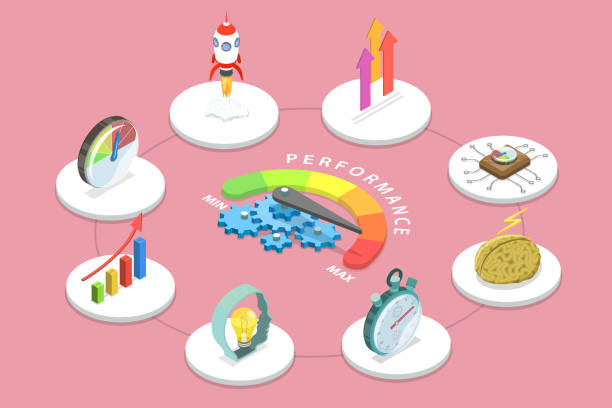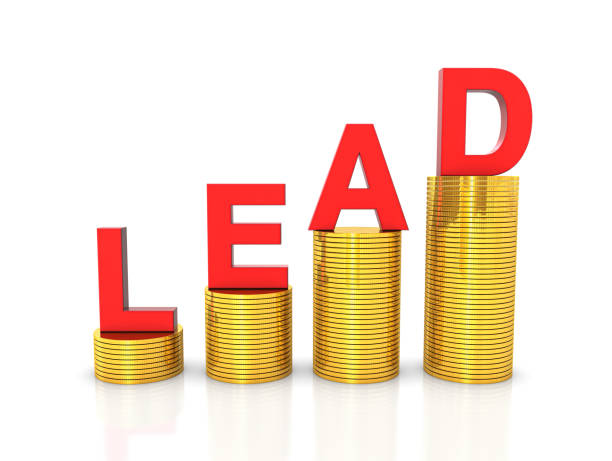In today’s fast-paced business landscape, Analytics for Competitive strategies are the secret sauce for staying ahead of the curve. This article dives deep into how data analytics fuels competitive market analysis, offering practical insights to decode competitors’ moves, spot market trends, and sharpen your strategic edge. For a broader perspective on leveraging data analytics, check out Leveraging Data Analytics for Strategic Insights, which explores how analytics transforms decision-making across industries. Here, we zoom in on using analytics to outsmart the competition with precision and flair.
Why Analytics, Competitive Strategies Matter
Staying competitive isn’t just about keeping up—it’s about outmaneuvering rivals with razor-sharp insights. Analytics, Competitive approaches empower businesses to dissect market dynamics, from consumer preferences to competitors’ pricing strategies. By harnessing data, companies can pivot faster than a cat on a hot tin roof, adapting to shifts before they become headaches.
For instance, analytics tools like Tableau or Power BI crunch massive datasets to reveal patterns—like a competitor’s sudden discount spree or a spike in demand for eco-friendly products. According to a McKinsey study, companies using data-driven strategies are 23 times more likely to acquire customers. That’s not just a number; it’s a wake-up call to get analytical or get left behind.
Key Tools for Analytics, Competitive Success

To win at competitive market analysis, you need the right tools in your arsenal. Platforms like SEMrush and Ahrefs are game-changers, offering insights into competitors’ online strategies—think keyword rankings, backlink profiles, and ad spend. Meanwhile, Google Analytics tracks market trends by analyzing user behavior on your site, helping you spot what’s hot and what’s not.
Knowsia, a leader in analytics solutions, integrates these tools seamlessly, letting businesses customize dashboards for real-time competitor tracking. Picture this: a retail brand uses Knowsia’s platform to monitor a rival’s social media buzz, catching a viral campaign early and countering with a flash sale. That’s analytics doing the heavy lifting.
Choosing the Right Analytics Platform
Not all tools are created equal. SEMrush shines for SEO-driven market analysis, while Power BI excels at visualizing complex datasets. For small businesses, Google Analytics is a free, no-brainer starting point. The trick? Pick a platform that aligns with your goals—whether it’s tracking competitors’ digital footprints or forecasting market shifts. Pro tip: combine tools for a 360-degree view, like pairing Ahrefs for competitor keyword gaps with Tableau for trend visualization.
Steps to Conduct Competitive Market Analysis with Analytics

Ready to roll up your sleeves? Here’s a step-by-step guide to mastering competitive market analysis with analytics.
Step 1: Define Your Competitors and Metrics
First, pinpoint who you’re up against—direct competitors (same products, same market) and indirect ones (different products, same audience). Then, decide what to measure: market share, pricing, customer sentiment, or digital presence. Tools like Knowsia can benchmark competitors’ website traffic, giving you a starting line.
Step 2: Collect and Analyze Data
Gather data from multiple sources—social media, industry reports, and customer reviews. Platforms like Knowsia aggregate this data, saving you from drowning in spreadsheets. Use sentiment analysis to gauge how customers feel about competitors’ products. For example, a spike in negative reviews about a rival’s customer service could be your chance to swoop in with stellar support.
Step 3: Identify Trends and Opportunities
Analytics isn’t just number-crunching; it’s about spotting the story behind the data. Are competitors doubling down on TikTok ads? Is there a gap in their product line you could fill? Tools like BuzzSumo reveal trending content, helping you craft campaigns that ride the wave. A clothing brand might notice competitors ignoring sustainable fashion—cue a green collection that steals the spotlight.
Step 4: Act and Monitor
Turn insights into action. Adjust pricing, tweak marketing, or launch a new product. Then, keep tabs on results with real-time analytics. Knowsia’s dashboards let you track KPIs like conversion rates or social engagement, ensuring you’re not just reacting but staying proactive.
Overcoming Challenges in Competitive Analytics
Analytics, Competitive strategies aren’t without hiccups. Data overload can paralyze decision-making, and poor-quality data is like building a house on sand. To tackle this, prioritize reliable sources—think Statista for industry stats or verified customer feedback. Another hurdle? Skill gaps. If your team’s not analytics-savvy, consider training or outsourcing to experts like Knowsia, who bridge the gap with user-friendly platforms.
Integration issues also crop up when tools don’t play nice together. Opt for platforms with API compatibility, like Power BI, to streamline data flows. Lastly, don’t just collect data—act on it. A Harvard Business Review report notes that 70% of companies fail to act on analytics insights. Don’t be that statistic.
Real-World Examples of Analytics in Action
Let’s get real: how does this work in practice? Take a tech startup using Data Analytics for Competitive Market Analysis to outpace giants. By analyzing competitors’ pricing on SEMrush, they undercut a rival’s subscription model, boosting sign-ups by 15%. Or consider a coffee chain using Google Analytics to spot a competitor’s weak regional presence, then opening new stores in those gaps—sales soared 20% in six months.
These aren’t flukes. Analytics levels the playing field, letting nimble players outsmart bigger ones. Knowsia’s tools helped a fashion retailer track competitors’ Instagram campaigns, revealing a focus on Gen Z. They pivoted to influencer collabs, doubling engagement overnight.
The Future of Competitive Market Analysis
The analytics game is evolving faster than you can say “big data.” AI-driven tools are taking center stage, predicting competitor moves with eerie accuracy. Forbes predicts AI analytics will dominate by 2026, automating insights and slashing analysis time. Meanwhile, real-time data streams—think IoT devices or social listening—will make laggy reports obsolete.
To stay ahead, embrace emerging tech like machine learning for deeper market analysis. Knowsia’s already on it, offering AI-powered dashboards that forecast trends before they hit. The future’s bright, but only if you’re ready to adapt.
Conclusion
Data analytics for competitive market analysis isn’t just a tool—it’s a superpower. By leveraging Analytics for Competitive strategies, businesses can decode rivals, seize opportunities, and stay one step ahead. From picking the right tools to acting on insights, every step counts. Ready to dominate your market? Dive into analytics with platforms like Knowsia and turn data into your competitive edge.

